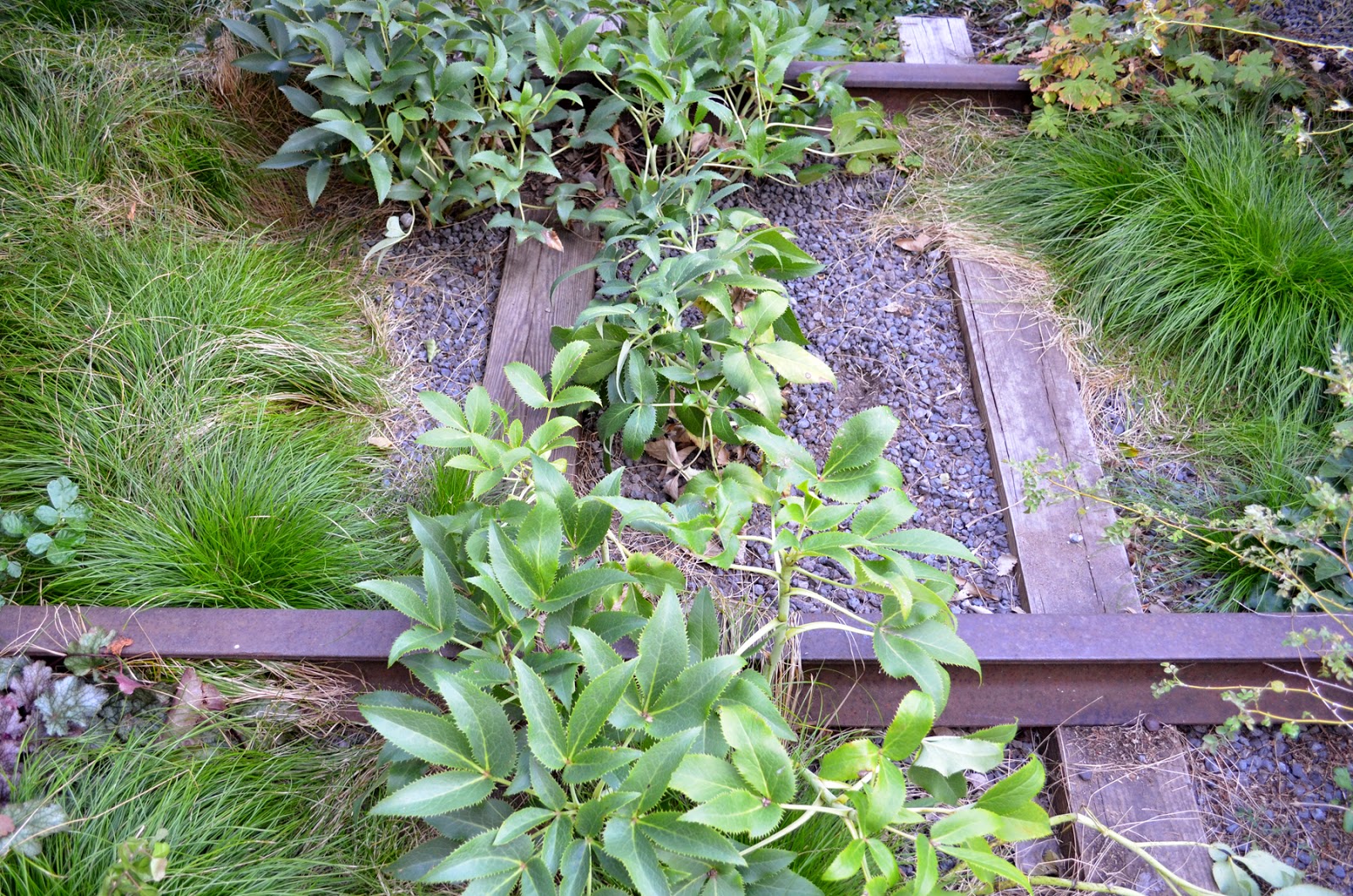Before I get to the titular landmarks mentioned, I'd like to start at Confucius Plaza, which opened in 1975 to provide a limited-equity co-op for Chinese-Americans. The 44-story, brown brick skyscraper holds 750+ units, and all visitors are practically greeted by a bronze, 15ft (4.5m) statue of its namesake out front.
The building also houses a public school (Yung Wing Public School aka PS 124), as well as some stores, and a community center.
Interestingly enough, a segment of the Second Avenue Subway runs underneath the plaza. Though construction of the 8 mile (12k) tunnel under 2nd Ave has been going on, and off, since 1929, that part of the line was constructed around the same time as the high-rise. While called "The Line That Time Forgot", it is set to open December of 2016, and will run the T train.
Anyhow, as one heads further south one block, you'll come along Chatham Square (which is also also called Kimlau Square). Named after First Earl of Chatham, and Prime Minister of Great Britain before the American Revolution, William Pitt, the park holds two monuments.
First, is the Kimlau Memorial Arch, which was set up in 1961 by the American Legion in honor of those of Chinese ancestry who have died serving in the U.S. armed forces, and named after Lt. Benjamin Ralph Kimlau, who was shot down over Los Negros Island during WWII. The stele's calligraphy was designed by acclaimed poet Yu Youren.
The second monument is to Chinese scholar Lin Zexu, which is marked to:
LIN ZE XU
1785 - 1850
PIONEER IN THE WAR
AGAINST DRUGS
Lin Zexu, whose courtesy name is Yuanfu, was an official of the Qing dynasty. It is believed his moral conflict against opium was the impetus behind China's attempt to abolish trade with the British, which began the First Opium War (1839 - 1842).
At first, the Daoguang emperor approved of Lin Zexu's policies, but later damned him when China began to lose the war. After being scapegoated, he was exiled to the remote region of Xinjiang, but in 1847 become the Governor-General of the Yunnan province.
He died in 1850 while on route to help put down the Taiping Rebellion, but is remembered every June 3rd, known as Anti-Smoking Day, marking the day in 1839 where he confiscated 2.5 million lbs (1.2 million kilos) of illegal opium, which took 23 days to burn it all.
The southern end of Chatham / Kimlau Square meets the street St James Place, and walking just a few hundred feet down you'll find Chatham Square Cemetery (aka First Shearith Israel Graveyard) on St James Triangle Park.
This grave site is not only the first Jewish cemetery in all the Unites States, it is also the only structure left in Manhattan from the 1600s.
At the time the ground was first consecrated to inter bodies, 1656, the area wasn't even considered part of the city, as it was outside the bounds of New Amsterdam - well before it became New York in 1664.
While many of the graves are lost to construction, the small area that remains was made a landmark in 1903 by the American Scenic and Historic Preservation Society, a group which - strangely enough - dissolved in 1979.


















